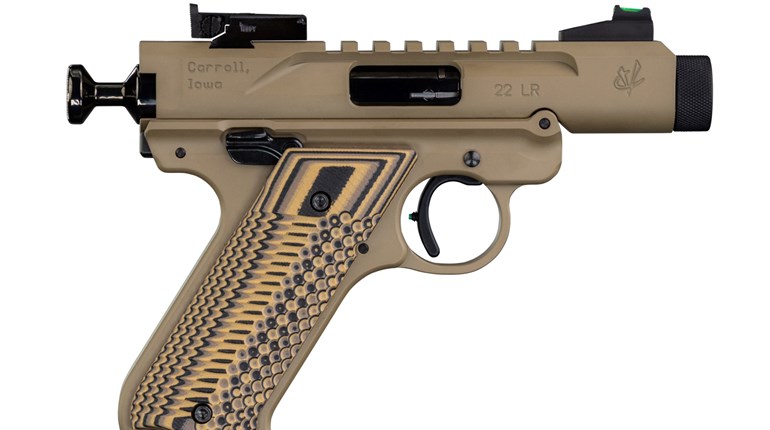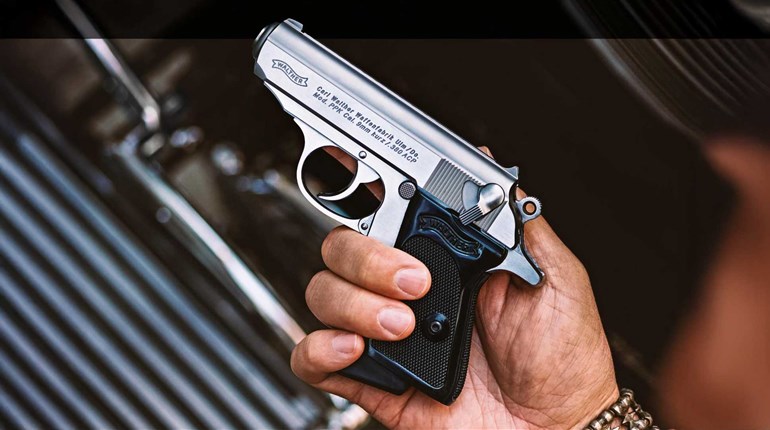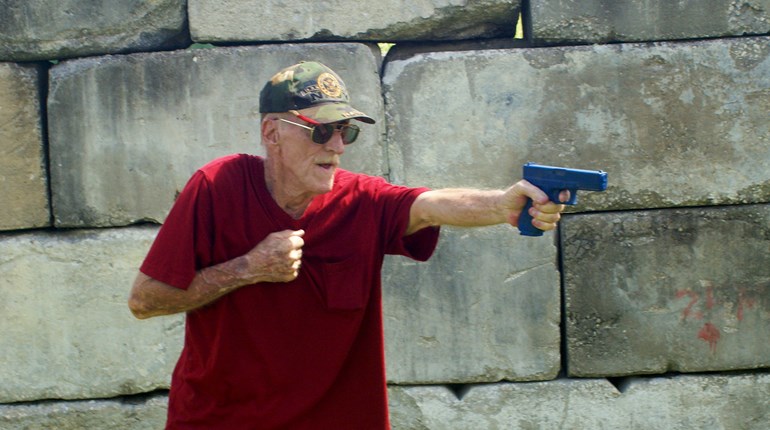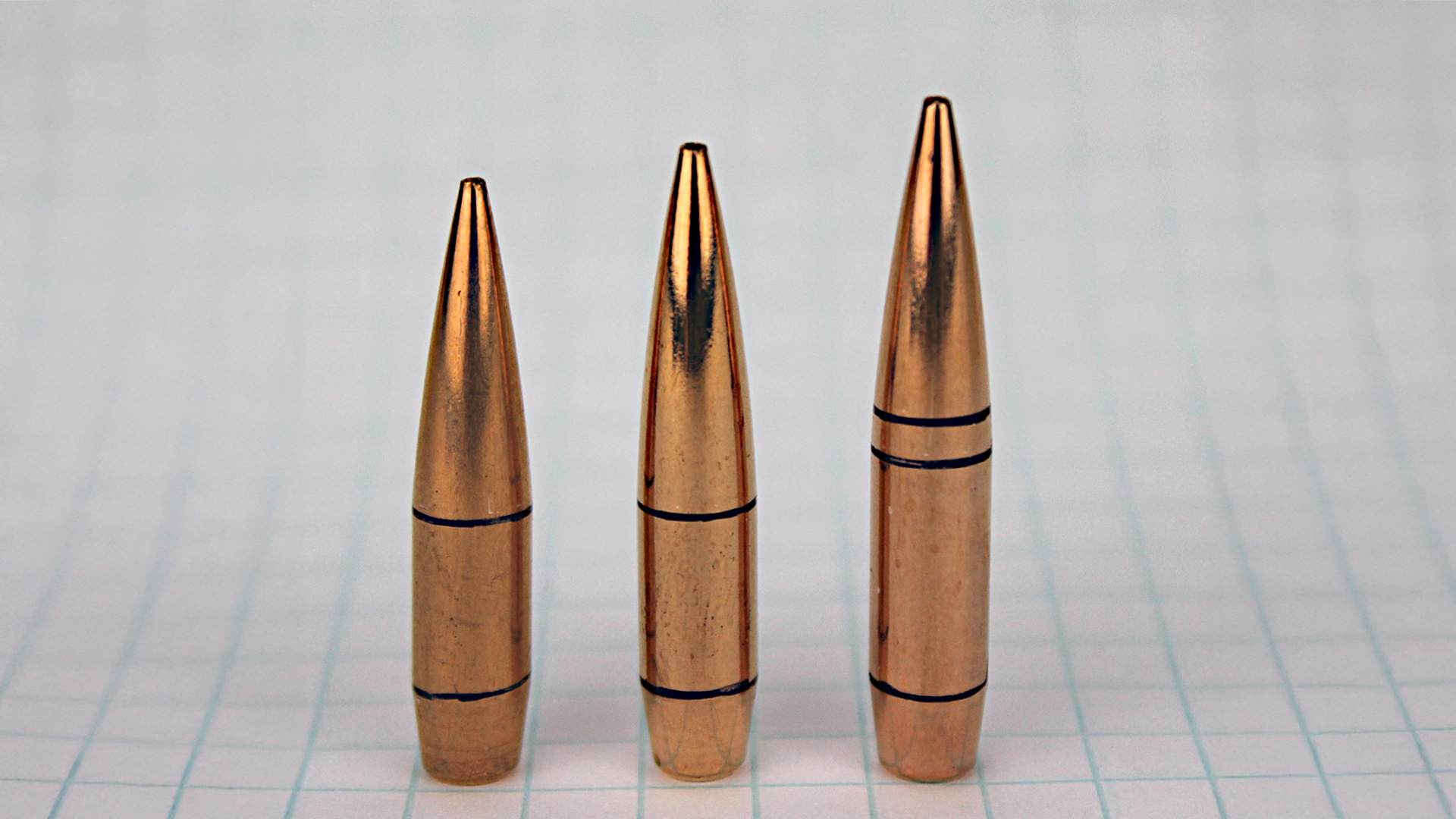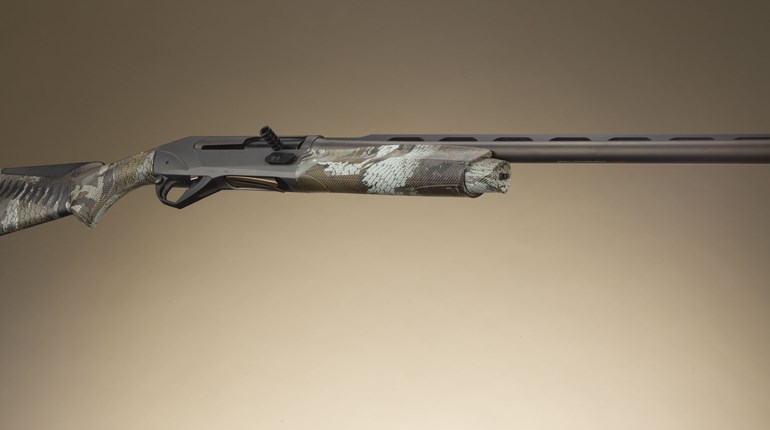
Every so often I meet somebody who doesn’t own a rimfire rifle or pistol, and when I do I always look at them like they took off downrange while the line was hot. Often disrespected as a “pop” gun or a “kids” caliber, a simple firearm chambered in .22 Long Rifle is an instrumental training tool. Most top shooters will agree. As these guns produce mild recoil, they bridge the gap between dry-fire and live-fire practices, also serving competitive shooters in different ways.
Let’s start with the obvious—cost. Yes, prices for .22 LR ammo are at an all-time high, but so is most factory-loaded center-fire, not to mention components. If you ever told me that I would get excited to see primers for $100 per thousand, I would have asked you which country you lived in. Although it’s not fun to pay $40 for a brick these days, it still keeps you in trigger presses for a fraction of your favorite boom stick. Plain and simple, if the sting of going to the range is minimized, you’ll find yourself on the firing line far more often. You might find yourself on the line a little longer too, as many of us can burn 500 rounds without thinking about pacing ourselves for budgetary reasons.
For those of us that have the pleasure (or pain) of experiencing all four seasons, owning a rimfire is going to make winter training more of a reality. Many indoor clubs and ranges have caliber and cartridge limitations, likely ruling out your center-fire rifle. However, if you drop in a conversion kit, like those available from CMMG, you can now run your AR-15 with the same features that you know and enjoy without freezing to death. I guess the same could be said to our friends down south and out west when they hit those nuclear hot days. An air-conditioned indoor range starts to sound pretty nice when your eye protection is steaming up and sliding down your face (just saying).
While I opened my argument with increased quantity, the quality of your training will go up as well. As far as I’m concerned, there is only one way to cure a flinch and that is with low-recoiling firearms. Conventional wisdom used to be adamant that dry-fire would do the trick, however, we are quickly learning that is simply not true. The body will never trigger the fight or flight response that is flinching as your brain knows the gun isn’t going to generate any noise or make an aggressive motion towards your face. Working with rimfire gets a shooter used to the bang and the motion on a smaller scale, and will directly transfer over to center-fire firearms.
Aside from trigger control, several other procedures can be perfected with rimfire arms and ammo. For instance, reloading. Many rimfire pistols and rifles retain the same exterior dimensions as their larger counterparts, including the magazines. This allows the same muscle memory to be carried over from their noisier counterparts as well as the same magazine holders, slings and holsters. Guns such as the Glock G44, CMMG Mk4 and the Vudoo V-22 add an exclamation point to the end of the preceding sentence. Additionally, as rimfire ammunition is far more prone to misfires, these guns lend more opportunities to practice the classic “tap-rack-bang” procedure.
If they feel the same in your hand, then it would behoove you not to work on your moments with the less expensive ammunition as well. Target transitions, drawing and, of course, body movements should be a carbon copy with a rimfire in your hand. If you think about it, this is another sort of bridge between center-fire and dry-fire training. One of my favorite drills is to set up a standard classifier (that doesn’t use pepper poppers), and just have fun seeing how fast I can clean it with the mitigated recoil.
Those that enjoy the Precision Rifle Series ought to set themselves up with a good NRL 22 rifle and target set to complement their practice sessions. When it comes to twisting yourself into a pretzel, how big your chamber is will have zero bearing on your success. This is also going to yield far better wind compensation skills, because your center-fire rifle won't care about a 10 m.p.h. wind at 100 yards. However, fail to notice and correct for that same wind with a .22 LR, and you are going to enjoy some of the quietest steel on the market.
Lastly, shooting .22 LR is just plain fun. A friend of mine used to close all of his emails with “a brick of .22 LR is good for the soul” and I wholeheartedly agree with that statement. Every so often I gather with friends to bring out our favorite rimfires, many of which have sentimental value beyond words. These days feel more like a BBQ than a training session, and I wouldn’t have it any other way. Regardless of why you shoot, if you aren’t shooting rimfire, you are missing out on more than half of the gun ownership experience. Take some time and consider purchasing a clone of your favorite firearm, a conversion kit or even something completely off the wall. You’ll be happy that you did, especially after it pays for itself with just a few trigger presses.













